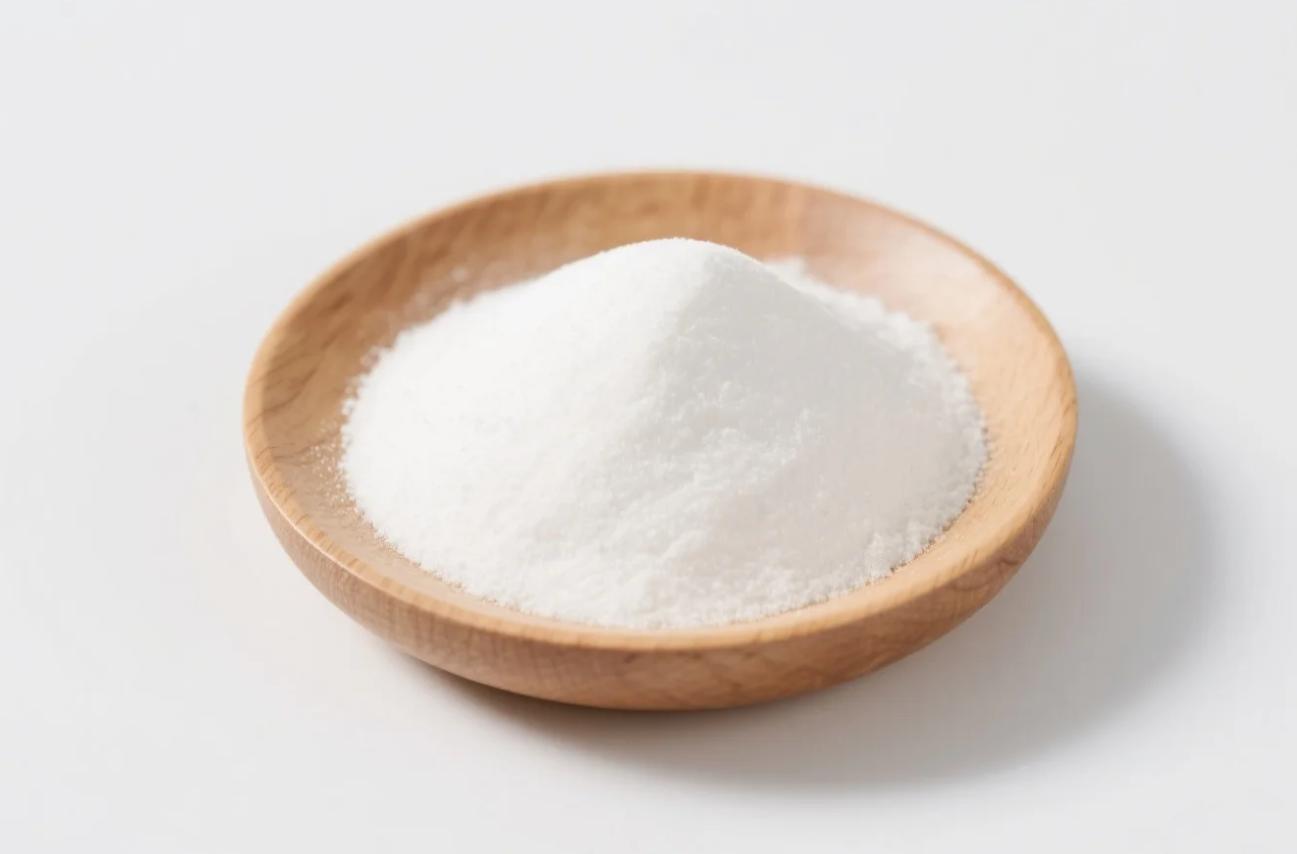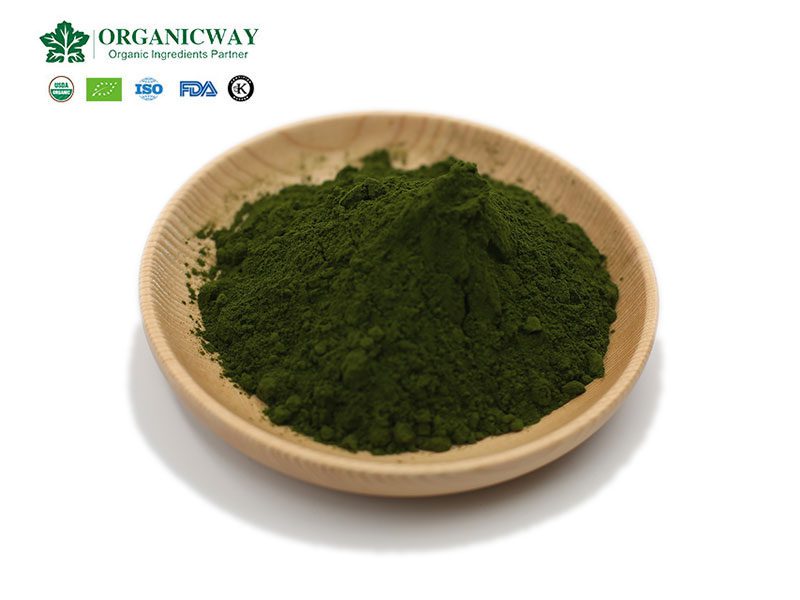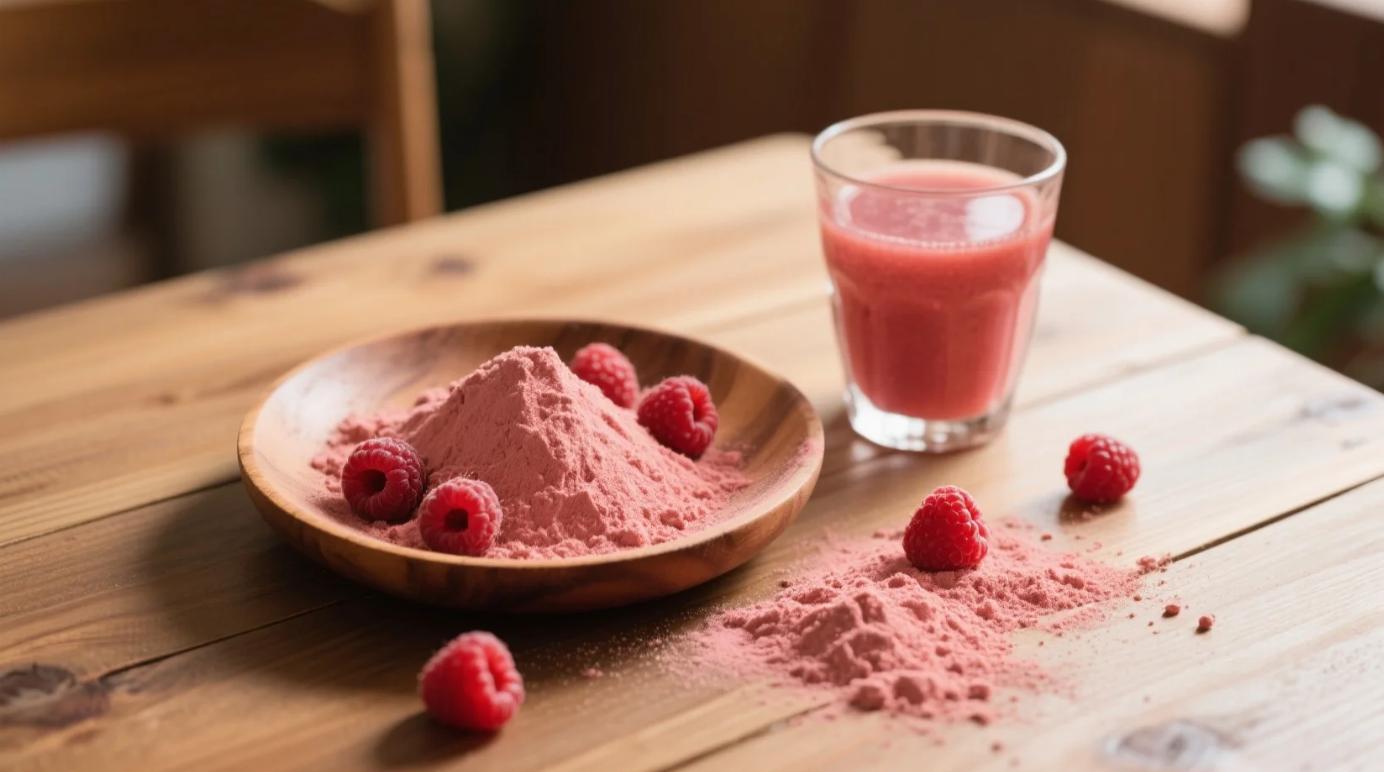Table of Contents
What is Organic Maltodextrin?
Organic maltodextrin is a white, flavorless, and easily digestible powder made from organic plant starches like corn, rice, or tapioca. Through a process called hydrolysis, these starches are broken down into smaller sugar molecules. It is a high glycemic index (GI) carbohydrate, meaning your body can absorb it very quickly, causing a rapid spike in blood sugar.
Choosing the “organic” version ensures that the source crops were grown without synthetic pesticides, herbicides, or fertilizers. For those who prioritize clean ingredients, this label provides an important guarantee of purity.
How to Correctly Use Organic Maltodextrin
The proper way to use organic maltodextrin depends on its intended purpose: as a fast energy source or as a functional food additive.
1. For Athletes and Fitness Enthusiasts
Due to its high GI and rapid absorption, organic maltodextrin is a popular ingredient in sports and recovery supplements.
- During Long-Duration Exercise: For intense workouts lasting over 90 minutes, athletes can mix maltodextrin with water to create a fast-acting energy drink. This helps maintain blood sugar levels and performance. A common dosage is around 30-60 grams of carbohydrates per hour of high-intensity exercise.
- Post-Workout Recovery: After a strenuous workout, combining maltodextrin with a protein source (like whey) can help replenish muscle glycogen stores quickly. This rapid replenishment is crucial for muscle recovery and growth. A typical recommendation is around 50-70 grams of carbohydrates per post-workout serving.
2. In Food and Cooking (As a Functional Ingredient)
Beyond sports nutrition, maltodextrin’s neutral taste and easy solubility make it a useful tool in the kitchen.
- As a Thickener or Filler: It can be used to add body and consistency to sauces, gravies, and dressings without altering their flavor. Unlike flour, it doesn’t leave a cloudy appearance.
- In Baking: It can help retain moisture in baked goods, improving their texture and extending their shelf life.
- As an Emulsifier: It helps to bind ingredients together, which is useful in products like salad dressings and homemade frozen desserts to prevent separation.
Important Precautions and Considerations
While organic maltodextrin has specific uses, it’s not suitable for everyone and should be consumed with caution.
- High Glycemic Impact: Because of its high GI, maltodextrin can cause significant blood sugar spikes. It is not recommended for people with diabetes, prediabetes, or insulin resistance.
- No Nutritional Value: Maltodextrin is a source of pure carbohydrate energy but offers no significant vitamins, minerals, or fiber. It should be considered a source of “empty calories.”
- Gut Health: Some studies suggest that maltodextrin may influence gut bacteria, potentially impacting the balance of beneficial microbes. Individuals with sensitive digestive systems should be mindful of their intake.
- Check the Source: While the “organic” label is a positive sign, if you have a specific allergy or sensitivity, be sure to check the product’s packaging to confirm the source starch (e.g., corn, rice, or tapioca).
In summary, organic maltodextrin is a useful tool best used strategically and in moderation. For athletes needing a quick and efficient source of energy, it can be highly beneficial. For the average person, however, it’s best to limit intake and focus on obtaining carbohydrates from whole, unprocessed foods.
Recommended Product
Organic Maltodextrin Powder
Organic maltodextrin with DE 8–20 range, neutral taste, high solubility, and multiple functional uses.


